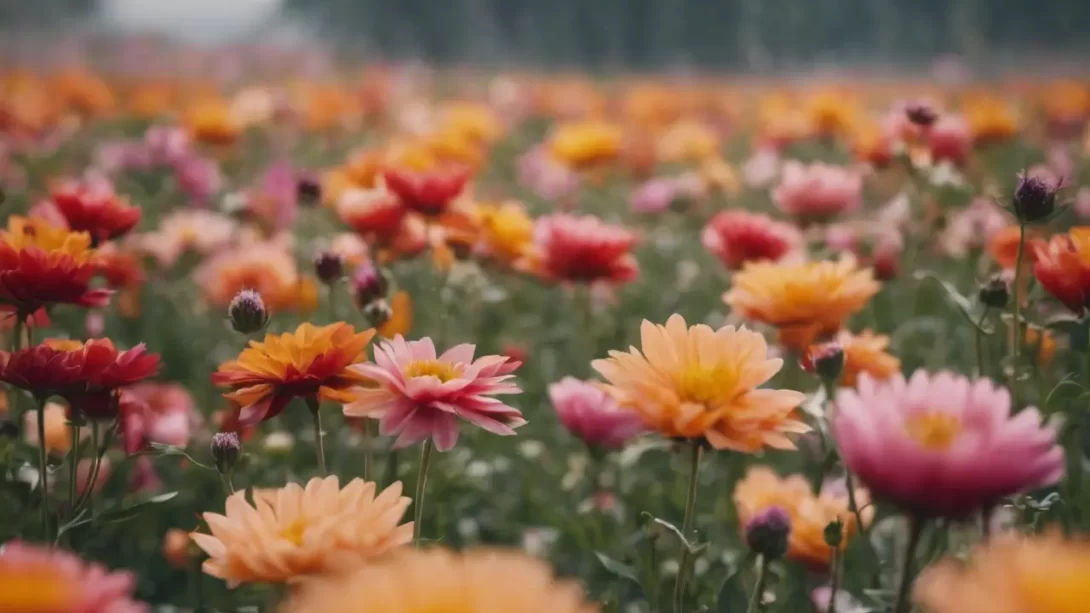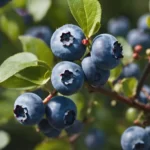The world of flowers is a dazzling testament to nature’s diversity, featuring a kaleidoscope of colors, shapes, and sizes. Flowers play a pivotal role in ecosystems and hold significant value in human culture, from symbolizing emotions to providing essential resources. However, quantifying the total number of flower species on Earth is a complex task, fraught with scientific challenges and the constant evolution of our understanding of plant biology.
Flower Diversity
In botanical terms, a flower is the reproductive structure found in flowering plants, known scientifically as angiosperms. These structures are not just crucial for producing seeds but are also central to the survival and dissemination of plant species. Flowering plants encompass a wide range of families, each with unique characteristics and adaptations. From the minuscule blooms of duckweed to the large, fragrant flowers of the magnolia tree, the variety is astounding. Flowers serve a critical ecological function, aiding in plant reproduction through mechanisms like pollination and seed dispersal.
Historical Perspective on Flower Classification
The classification of flowers has a rich history, dating back to early botanists who began categorizing plants based on their physical characteristics. The Linnaean system, developed by Carl Linnaeus in the 18th century, laid the groundwork for modern taxonomy, classifying plants into hierarchical categories. In recent times, the Angiosperm Phylogeny Group (APG) system has offered a more detailed and molecular-based approach to understanding plant relationships.
Technological advancements, particularly in genetic analysis, have dramatically altered our perception of flower diversity. As a result, classifications are continually being revised and updated, reflecting our deepening understanding of plant evolution and relationships.
Current Estimates of Flower Species
Current estimates suggest that there are between 250,000 to 400,000 species of flowering plants. This range is constantly in flux due to new species discoveries and, unfortunately, the extinction of others. Botanists and researchers often uncover new species in remote or previously unexplored habitats, adding to the known floral diversity.
However, these estimates are complicated by factors such as the rate of species extinction, which is accelerated by human activities and environmental changes. Additionally, many regions of the world, particularly in biodiversity-rich areas like tropical rainforests, are still relatively unexplored, suggesting that many more flower species await discovery.
Geographical Distribution of Flowers
The distribution of flowering plants is a global phenomenon, with some regions boasting higher diversity than others. Biodiversity hotspots, such as the Amazon rainforest, the Mediterranean Basin, and the tropical forests of Southeast Asia and Madagascar, are teeming with a variety of flowering species. These areas are characterized by a high number of endemic species – plants that are found nowhere else in the world.
In these hotspots and beyond, the range of flowers varies significantly. For instance, the tropical regions are known for their lush, vibrant flowering plants like orchids and bromeliads, while the Mediterranean area is home to a wealth of herbaceous flowers adapted to its unique climate. The geographical distribution is influenced by factors such as climate, soil type, and the presence of pollinators.
Threats to Flower Diversity
Despite the richness of floral species, they face numerous threats. Habitat destruction due to deforestation, urbanization, and agricultural expansion is a significant threat, leading to the loss of both plant and pollinator species. Climate change poses another major challenge, altering the habitats and growing conditions essential for many flowers. Pollution, including the use of pesticides and herbicides, also detrimentally impacts flower diversity.
These threats not only lead to the loss of individual species but can disrupt entire ecosystems. Many plants and animals have co-evolved, relying on each other for survival, and the loss of flowering plants can have cascading effects on these interconnected systems.
The Role of Flowers in Human Culture and Economy
Flowers hold a special place in human culture, symbolizing everything from love and celebration to mourning and remembrance. They are integral to numerous traditions and rituals around the world. Beyond their symbolic significance, flowers contribute substantially to the global economy. The floriculture industry, which includes the cultivation and trade of flowers, is a major economic sector in many countries.
Moreover, flowers are essential in other industries such as perfumery, pharmaceuticals, and cosmetics. The unique compounds found in flowers are used in a myriad of products, from fragrances to natural remedies. This economic importance, coupled with their cultural value, makes the protection of flower diversity not just an ecological concern but a societal one as well.
Conclusion
The world of flowers represents an astonishing array of diversity, beauty, and ecological importance. From the lush tropical rainforests to the arid deserts, flowers adorn landscapes, offering sustenance to a wide array of wildlife and adding vibrant colors to our natural world. The estimated 250,000 to 400,000 species of flowering plants speak to the incredible variety that exists, yet this number is in constant flux as new species are discovered and others face the threat of extinction.
The protection of floral diversity is not just an ecological imperative but a cultural and economic one. Flowers are deeply embedded in human traditions and are vital to industries that range from horticulture to pharmaceuticals. The loss of floral species and their habitats would not only diminish the planet’s biodiversity but also impact human societies and economies.
Conservation efforts are critical in protecting this diversity. This includes preserving natural habitats, promoting sustainable agricultural and urban development practices, and supporting policies that mitigate climate change impacts. Research plays a crucial role in these efforts, providing valuable insights into the complexities of plant ecosystems and guiding conservation strategies.
As we continue to explore and appreciate the world of flowers, it’s important to remember the delicate balance that sustains this diversity. Each flower, whether it’s a common daisy or a rare orchid, plays a part in the intricate tapestry of life. By understanding and protecting these floral treasures, we ensure that they continue to flourish, enriching our planet and our lives for generations to come.




